Unbroken: 13 Stories about Disabled Teens wasn’t originally on my YA Mental Health book TBR, but I knew I’d have to read it when I saw it at the library. This anthology was edited by Marieke Nijkamp (who also wrote one of the stories), and included short stories by William Alexander, Fox Benwell, Keah Brown, Dhonielle Clayton, Corienne Duyvis, Heidi Heilig, Kody Keplinger, Katherine Locke, Karuna Riazi, Francisco X. Stork, Kayla Whaley, and Kristine Wyllys.
 It’s hard to review an anthology by different writers, since every style is different and you enjoy the stories to differing degrees. In the past, I’ve tended to like about half of what’s in the anthology while feeling the other half was just okay or straight-up not liking it. However, the majority of the stories in this anthology I liked, and there were only a few that didn’t work for me (but hopefully they work for other people).
It’s hard to review an anthology by different writers, since every style is different and you enjoy the stories to differing degrees. In the past, I’ve tended to like about half of what’s in the anthology while feeling the other half was just okay or straight-up not liking it. However, the majority of the stories in this anthology I liked, and there were only a few that didn’t work for me (but hopefully they work for other people).
All of the stories in this anthology are centered around teens with at least one disability, whether it’s physical or mental. The stories all generally have fairly diverse casts, in terms of the characters (MC and side characters) races and ethnicity, religion, sexual orientations, and gender identity. For most the story, the MC’s disabilities are another facet of who they are and aren’t necessarily central to the main plot/conflict, which I appreciated. Not every story that includes people with disabilities needs be hyperfocused on that disability. In these cases, the MC’s disabilities added nuances to their experiences and in some cases presented additional obstacles or problems they had to deal with in addition to the main conflict, but they weren’t the totality of who they were, which I also appreciated. (That said, my favorite story in the collection focused on a blind cyclist and her blindness was critical to the plot.)
I actually mentioned that I was reading this book to my school’s librarian since out library doesn’t have it. We were wondering if it would be appropriate for middle schoolers or if it’s more of a high school book. There were some stories that seemed a little more advanced or mature (language-wise, in terms of profanity as well as general word choice) for most of our students, but I think I will recommend she order this for our library. She might mark it as an 8th grade and up book, though.
All in all, I really enjoyed this anthology. I’m glad to see such diverse representation of many different cultures in this book and how that resulted in stories that might not have otherwise been told. None of the stories stood out as ones I would use in an actual counseling session with one of my students, even the stories that touched on mental health topics; however, I would recommend it to students who are struggling with disabilities, as well as students who would like to learn more about what it might be like to live with a disability or be differently-abled.
One final note: I know from reading Memory of Light that Francisco X. Stork struggled with depression, and his story focused on a teen struggling with his mental health, but otherwise, I don’t know if the authors have dealt with the disabilities they wrote about or a similar disability. It does seem like the races of the characters generally matched the races of the authors, but I don’t know about sexual orientation, gender identity or religion. I only bring this up because I’m hoping that these stories are Own Voices, particularly in respect to the disabilities that are addressed, but it’s hard to say. I started reading assuming they are Own Voices, and my review probably would change if I find out they aren’t. This book and some (all?) of the authors are involved in the Diverse Books movement, so this anthology would feel a little disingenuous if it tells diverse stories without including diverse (and personally knowledgeable) writers. I think authors can and should be allowed to write about characters that are culturally distinct from them, as long as they do their due diligence to present an accurate and mindful representation of the characters, but for this anthology, it feels particularly important that the characters be written by authors who can more personality understand how their disabilities would affect their story. Which is why I’m pretty sure that is the case, I’m just not 100% positive.

 It’s hard to review an anthology by different writers, since every style is different and you enjoy the stories to differing degrees. In the past, I’ve tended to like about half of what’s in the anthology while feeling the other half was just okay or straight-up not liking it. However, the majority of the stories in this anthology I liked, and there were only a few that didn’t work for me (but hopefully they work for other people).
It’s hard to review an anthology by different writers, since every style is different and you enjoy the stories to differing degrees. In the past, I’ve tended to like about half of what’s in the anthology while feeling the other half was just okay or straight-up not liking it. However, the majority of the stories in this anthology I liked, and there were only a few that didn’t work for me (but hopefully they work for other people).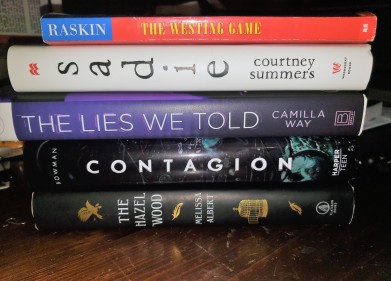
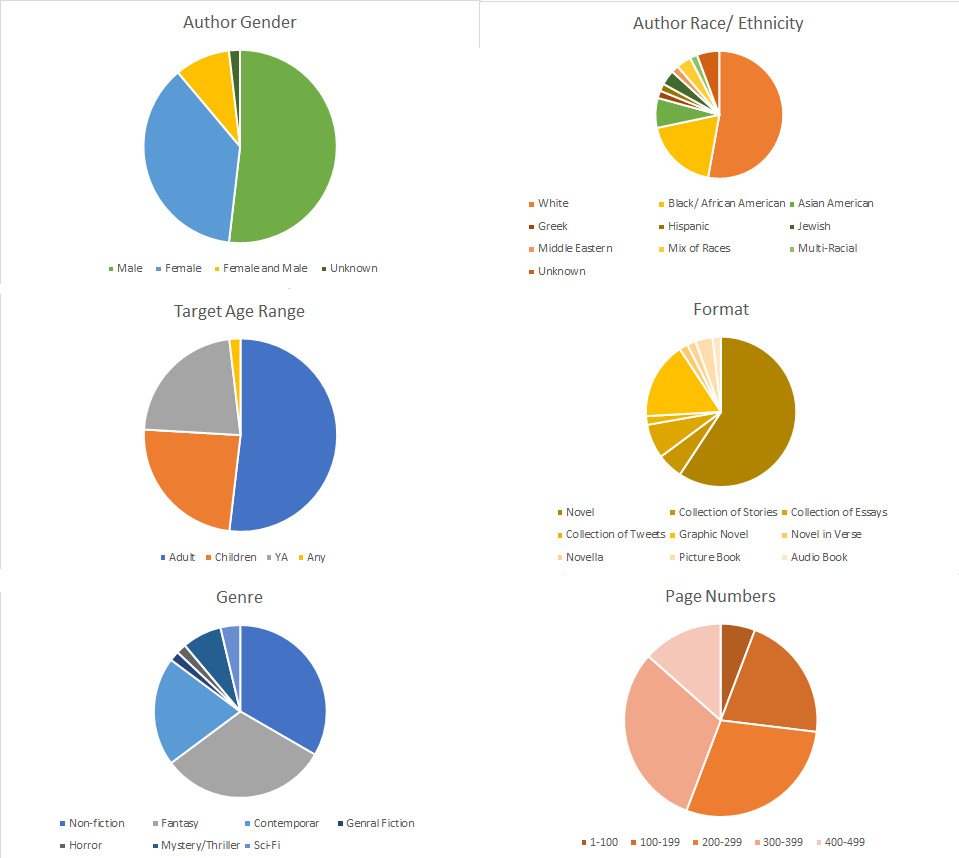
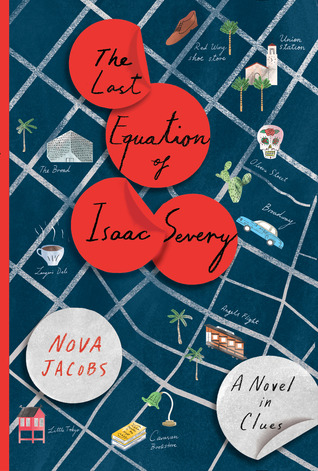
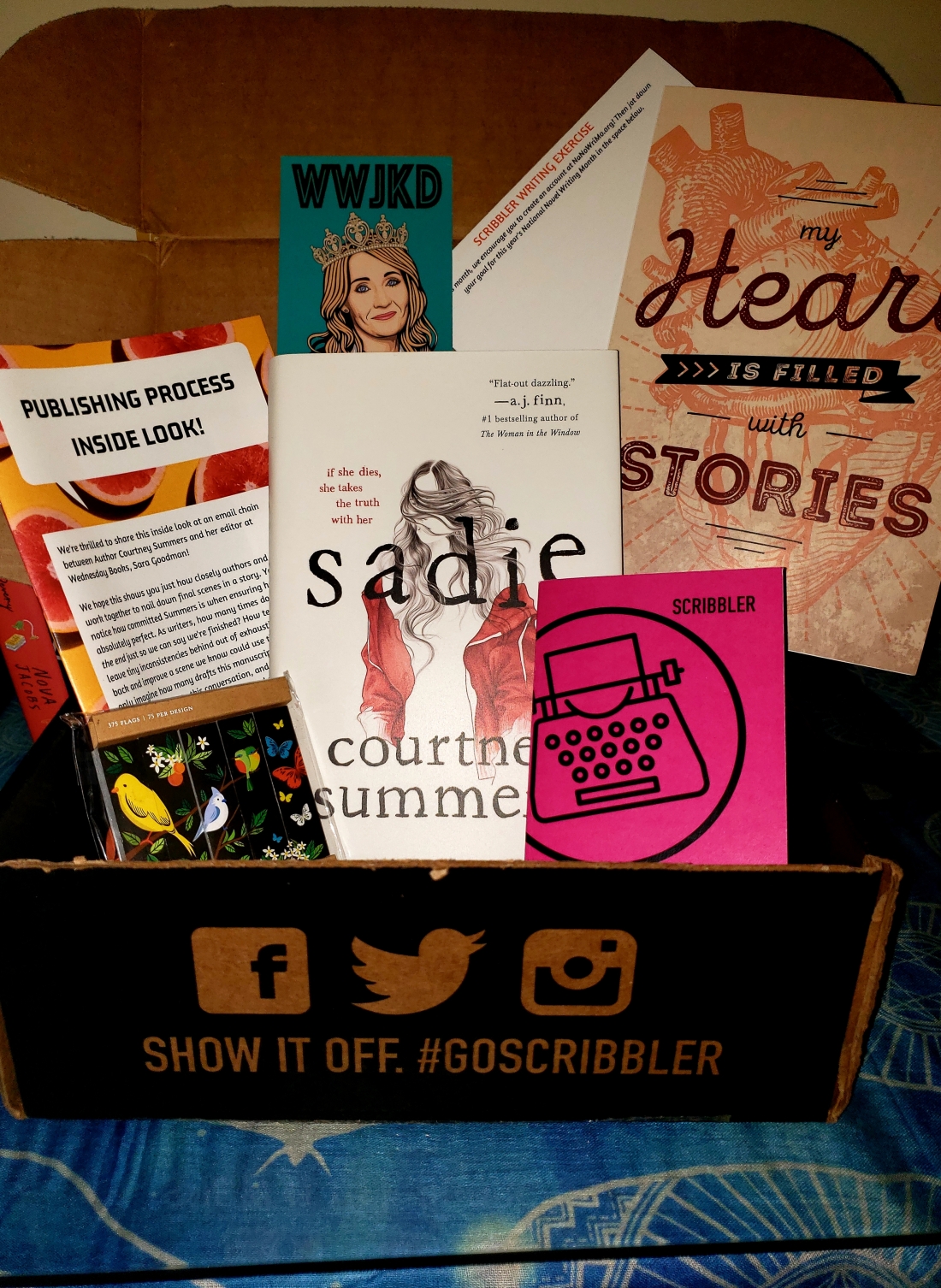
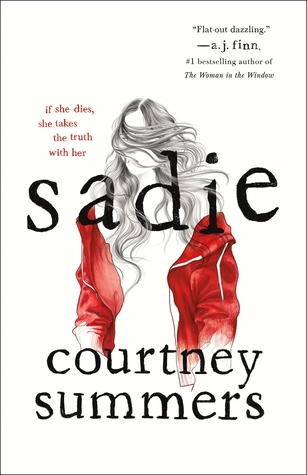 Now for this month’s book,
Now for this month’s book, 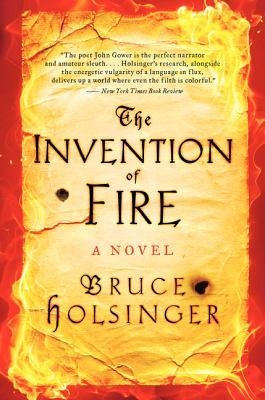 I first saw and then picked up
I first saw and then picked up